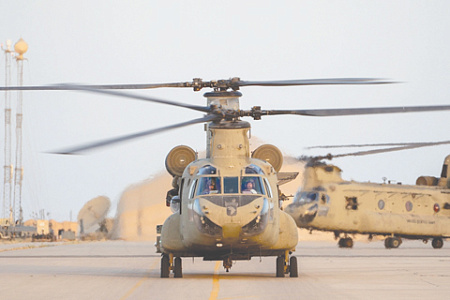
The United States military has begun a significant repositioning of its forces in Iraq, a move officially framed as part of a pre-planned transition but one that sources on the ground link to the escalating risk of a new armed conflict between Israel and Iran. The Pentagon has started to reduce its troop presence at the major Ayn al-Asad airbase in the west and at facilities near Baghdad’s international airport, fulfilling a 2024 agreement with the Iraqi government to shift its mission.
According to diplomatic sources cited by The National, the redeployed American forces are being moved to Iraqi Kurdistan, a semi-autonomous region in the country’s north. The office of Iraqi Prime Minister Mohammed Shia’ al-Sudani confirmed these movements, stating they align with the bilateral agreement to transform the U.S.-led coalition’s combat mission against the Islamic State (IS) into a non-combat, advisory role.
However, a report in the Saudi newspaper Asharq Al-Awsat suggests the redeployment is a strategic preparation for a potential new confrontation with Iran. “This is not a large-scale operation,” an American official told the publication, “but it is being carried out taking into account the changed map of security threats in Iraq and its surroundings.” While the official did not specify the threats, sources in Baghdad believe they relate to the persistent risk of another large-scale clash between Israel and Iran.
Tensions have been amplified by recent statements from Iran’s General Staff, which publicly warned that any new attack by Israel or the U.S. would be met with a response “far more terrible and devastating” than a recent 12-day conflict. This messaging has appeared contradictory, as Tehran had officially declared victory after that engagement while now hinting at new military “surprises” it had previously been constrained from using.
The formal basis for the Pentagon’s actions is the 2024 agreement established by the U.S.-Iraq High Military Commission. The plan outlines a phased drawdown of combat forces, with the first phase set for completion by September 2025 and a second phase potentially extending to the fall of 2026. The ultimate goal is to transition to a “bilateral security partnership” focused on supporting Iraqi forces and maintaining pressure on IS remnants.
The American military presence remains a deeply divisive issue within Iraq’s political elite. Hussein Allawi, an advisor to the prime minister, framed the withdrawal from key bases as a return to “normal bilateral relations.” Conversely, Yasir Watout, a member of the Iraqi parliament’s security committee, warned against the move. “There are serious concerns about the swift withdrawal of international coalition forces,” he told local media, arguing it could destabilize the region and does not serve Iraq’s interests at this “critical moment.”
Despite the scheduled drawdown, some U.S. officials doubt a complete withdrawal from Iraq is imminent. The continued need for training and logistical support for the Iraqi army, coupled with fears among some Iraqi leaders that a full U.S. departure would create a vacuum filled by expanded Iranian influence, complicates the path forward. The current troop movements thus reflect a dual reality: a formal shift in mission overshadowed by preparations for a potential regional war.
